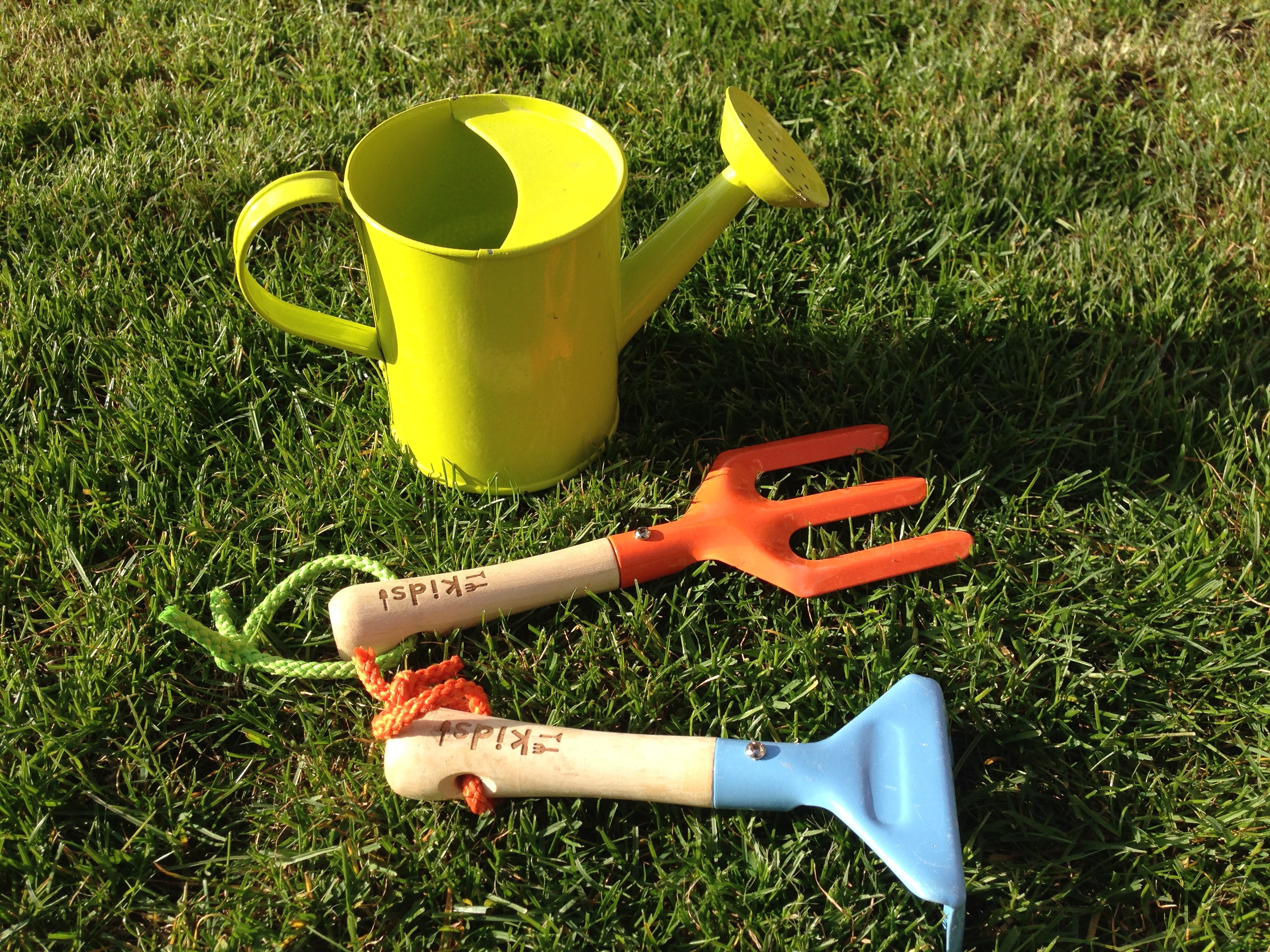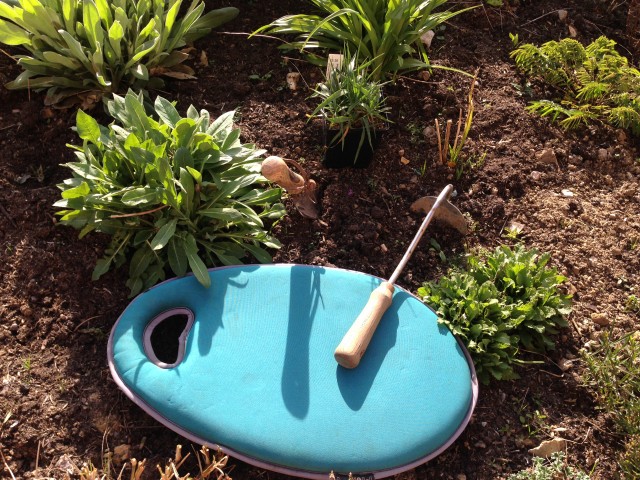Last month my garden started to come into its own. Lots of lush green mounds appeared where once there was bare earth. It was at this stage I moved a few plants around in the garden. And this is why.
Plant Performance
When we design planting plans for clients, and for our own borders, we use the height and spread guides found in our reference books and on official plant websites such as the RHS. My Dianthus carthusianorum are in fact shorter than the reported 40cm height – at around 25-30cm. My Echinacea purpurea are also a lot shorter. It isn’t just height and spread but also overall performance and flowering season. My Erigeron ‘Schneewittchen’ out flowered its brothers and sisters from the nursery I bought it from. So, why is this?
It is important to note that the height and spreads are averages, and the individual growing conditions of your garden will impact on these averages. My soil is drier with fewer nutrients than some as I had no topsoil when I moved in (I am improving conditions each year). I am also west facing so have differing degrees of sun exposure on different borders. This you can visibly see within some species growing in difference parts of the garden – some larger and bushier, others that have simply never returned the following year. I am also exposed to high winds. This will reduce plant height with quite a few of the plants I have.

Borders brimming and plants competing for space
In your garden, you will also have conditions that are better or worse than the averages, so you may have plants grow taller than expected, be more aggressive that you anticipated, or just flounce off in a huff because the conditions just weren’t quite right, never to be seen again.
As your plants grow or fail to grow well, jostle for space, shoot up in front of another plant, or squeeze neighboring plants into a space too small to perform well, then make notes and add this to your maintenance plan for the autumn or winter when they are dormant and can be moved safety and with less stress.
Getting the Children Inspired
Last month we sowed seeds and they are coming along nicely, thanks to some dutiful watering by my daughter with her new watering can. All children love water! Get them out there tending for your plants. They will then be able to witness the benefits of their actions. You can also use this opportunity to teach them about sustainable water use by showing them how the water butts catch and store run off from the house, and how they can use this water by carefully filling up their watering cans without spilling a drop of the valuable resource.
Hoses may be fun…but they are not as environmentally My daughter is also hindering my gardening with her new tools, flicking soil everywhere as I move slowly around the beds and borders, weeding and planting my new purchases. But hinder she may, because I am just happy she is having fun.
Accessory of the Month
As I just mentioned, I am outside a lot at the moment – weeding and planting. To help me along my way is a kneeling pad! This is a must-have for all gardeners, of all ages! Not only do they keep your knees dry, but they also stop you grinding your bones on stones and other hard objects that may be lurking. When I was small, my mum had an old plastic covered foam kneeler with some garish 1970s floral pattern on it. I loved to kneel on it, feeling all-important and helpful. Kneeling pads have come a long way since these!
All sorts of colours and shapes, different constructions, various fabrics, and some you can strap directly on your knees. The latter are to be my next purchase, more for time saving really. And also this helps when I am planting up clients’ gardens (which we still do as it is our chance to get our hands dirty, and to ceremoniously finish the design and build process). I can move about quickly without having to retrieve the kneeler from its last resting place.
Some Garden Tasks for May
The Chelsea Chop: May is the month of the Chelsea Flower Show, and the time for the so-called Chelsea Chop. This maintenance method is not for the faint hearted! Chopping back your perennials to as much as half reduces plant legginess, delays flowering but makes more abundant. This isn’t suitable for all plants, but the larger Sedums, Solidago, Heleniums and Echinaceas will respond well.
Frosts: Remember we can still get frosts! It may not feel like we will, but you can bet anything that the minute you plant out something tender, it will get hit hard that night.
Greenhouses: Talking of being hit hard, do acclimatize any greenhouse or cold-frame grown seedlings. They will not fair well if you plant them out without hardening them off first.
Also, on sunny days, do open doors and windows of your greenhouses to allow air through so you don’t inflict tropical conditions onto your temperate plants!
Store Water: It is important to think about storing water for the summer months. Make the most of the rain we have and set up a tiered water but system. Collect from sheds and summerhouses as well as your house. Think about re-using your water from the house (but not if it is laden with soaps, oils or cleaning chemicals). Your final rinse water from hand-washing is ideal.
Lawns: Lawns will need regular mowing now, unless you are one of those who have braved a low mow, or no mow lawn (more if this subject coming in a later issue).
Cuttings: Softwood cuttings can be taken now. Ideal as you get more plants without the expenditure. This is also great for renewing those overgrown specimens such as buddleia, lavender, rosmary and sages.
…and don’t forget to take some time out from your own garden and have a wander through a local blue bell wood. The scent is heavenly; the colours are simply dazzling – vibrant greens of the unfurling tree leaves over a carpet of blue. I think it is nature at its utmost best. And that is why I chose to get married in the month of May!

Bluebell woods. Stunning.
(as written for Sussex Local Magazine, May 2015)

